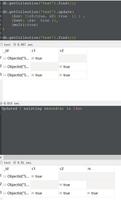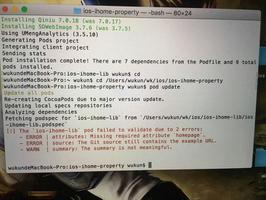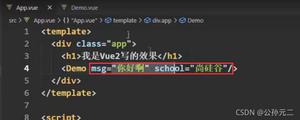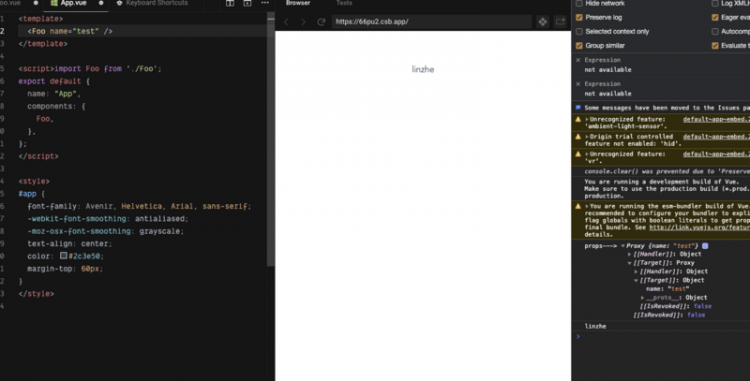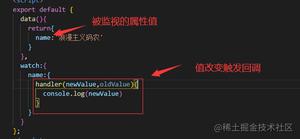Vue3中setup语法糖学习

目录
- 1,前言
- 2,基本语法
- 2,响应式
3,组件使用
- 3.1,动态组件
- 3.2,递归组件
- 4,自定义指令
5,props
- 5.1,TypeScript支持
6,emit
- 6.1,TypeScript支持
- 7,defineExpose暴露
- 8,useSlots 和 useAttrs
- 9,与普通的script一起使用
1,前言
<script setup>是在单文件组件中使用Composition API的编译时语法糖。相比于普通的<script>语法,它具有更多优势
- 更少的样板内容,更简洁的代码
- 能够使用纯 Typescript 声明 props 和抛出事件
- 更好的运行时性能 (其模板会被编译成与其同一作用域的渲染函数,没有任何的中间代理)
- 更好的 IDE 类型推断性能 (减少语言服务器从代码中抽离类型的工作)
2,基本语法
<template> <p>{{ name }}</p>
</template>
<script setup lang="ts">
let name = '小明'
</script>
script里面的代码会被编译成组件setup()函数的内容。这意味着与普通的<script>只在组件被首次引入的时候执行一次不同,<script setup>中的代码会在每次组件实例被创建的时候执行。
注意:当使用<script setup>的时候,任何在<script setup>声明的顶层的绑定 (包括变量,函数,以及import引入的内容) 都能在模板中直接使用,不需要return
2,响应式
响应式状态需要使用响应式APIs来创建
<template> <p>{{ name }}</p>
<p>{{ data.title }}</p>
</template>
<script setup lang="ts">
import { ref, reactive } from 'vue'
let name = ref('小明')
let data = reactive({
title: '标题'
})
</script>
3,组件使用
<script setup>范围里的值也能被直接作为自定义组件的标签名使用,不需要写在conmonent对象里
<template> <MyComponent />
</template>
<script setup>
import MyComponent from './MyComponent.vue'
</script>
3.1,动态组件
由于组件被引用为变量而不是作为字符串键来注册的,在<script setup>中要使用动态组件的时候,就应该使用动态的:is来绑定
<template> <component :is="Foo" />
<component :is="someCondition ? Foo : Bar" />
</template>
<script setup>
import Foo from './Foo.vue'
import Bar from './Bar.vue'
</script>
3.2,递归组件
一个单文件组件可以通过它的文件名被其自己所引用。例如:文件名为Foo.vue的组件可以在其模板中用<Foo/>引用它自己。如果名称冲突了,就需要使用别名。
import { Foo as FooBarChild } from './components'4,自定义指令
全局注册的自定义指令将以符合预期的方式工作,且本地注册的指令可以直接在模板中使用,就像上文所提及的组件一样。但这里有一个需要注意的限制:必须以 vNameOfDirective的形式来命名本地自定义指令,以使得它们可以直接在模板中使用
- 基本语法
<template> <h1 v-my-directive>This is a Heading</h1>
</template>
<script setup>
const vMyDirective = {
beforeMount: (el) => {
// 在元素上做些操作
}
}
</script>
- 导入指令
<script setup> // 导入的指令同样能够工作,并且能够通过重命名来使其符合命名规范
import { myDirective as vMyDirective } from './MyDirective.js'
</script>
5,props
在<script setup>中必须使用defineProps来声明props,它具备完整的类型推断并且在<script setup>中是直接可用的
<script setup> const props = defineProps({
foo: String
})
</script>
5.1,TypeScript支持
- 仅限类型声明
const props = defineProps<{ foo: string
bar?: number
}>()
- 默认值
interface Props { msg?: string
labels?: string[]
}
const props = withDefaults(defineProps<Props>(), {
msg: 'hello',
labels: () => ['one', 'two']
})
6,emit
在<script setup>中必须使用defineEmits来声明emits,它具备完整的类型推断并且在<script setup>中是直接可用的
<script setup> const emit = defineEmits(['change', 'delete'])
</script>
6.1,TypeScript支持
- 仅限类型声明
const emit = defineEmits<{ (e: 'change', id: number): void
(e: 'update', value: string): void
}>()
7,defineExpose暴露
使用<script setup>的组件是默认关闭的,也即通过模板ref或者$parent链获取到的组件的公开实例,不会暴露任何在<script setup>中声明的绑定
<script setup> import { ref } from 'vue'
const a = 1
const b = ref(2)
defineExpose({
a,
b
})
</script>
8,useSlots 和 useAttrs
在模板中通过$slots和$attrs来访问它们
<script setup> import { useSlots, useAttrs } from 'vue'
const slots = useSlots()
const attrs = useAttrs()
</script>
9,与普通的script一起使用
<script setup>可以和普通的<script>一起使用。普通的<script>在有这些需要的情况下或许会被使用到。
- 无法在
<script setup>声明的选项,例如inheritAttrs或通过插件启用的自定义的选 - 声明命名导出
- 运行副作用或者创建只需要执行一次的对象
<script> // 普通 <script>, 在模块范围下执行(只执行一次)
runSideEffectOnce()
// 声明额外的选项
export default {
inheritAttrs: false,
customOptions: {}
}
</script>
<script setup>
// 在 setup() 作用域中执行 (对每个实例皆如此)
</script>
如果看了觉得有帮助的,我是@鹏多多,欢迎 点赞 关注 评论;END
PS:在本页按F12,在console中输入document.querySelectorAll('.diggit')[0].click(),有惊喜哦
公众号
往期文章
- 助你上手Vue3全家桶之Vue-Router4教程
- 助你上手Vue3全家桶之Vue3教程
- 助你上手Vue3全家桶之VueX4教程
- 使用nvm管理node.js版本以及更换npm淘宝镜像源
- 超详细!Vue-Router手把手教程
- vue中利用.env文件存储全局环境变量,以及配置vue启动和打包命令
- 微信小程序实现搜索关键词高亮
- 超详细!Vue的九种通信方式
- 超详细!Vuex手把手教程
个人主页
- CSDN
- GitHub
- 简书
- 博客园
- 掘金
以上是 Vue3中setup语法糖学习 的全部内容, 来源链接: utcz.com/z/380953.html


